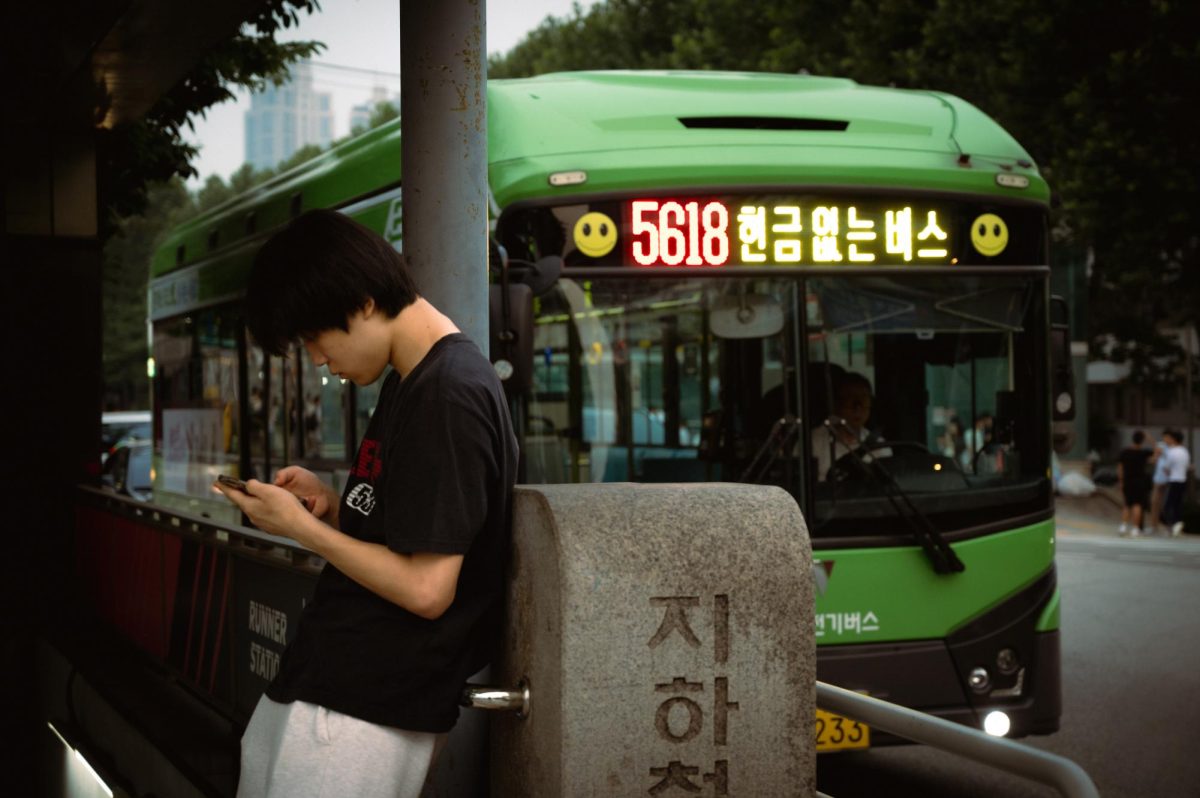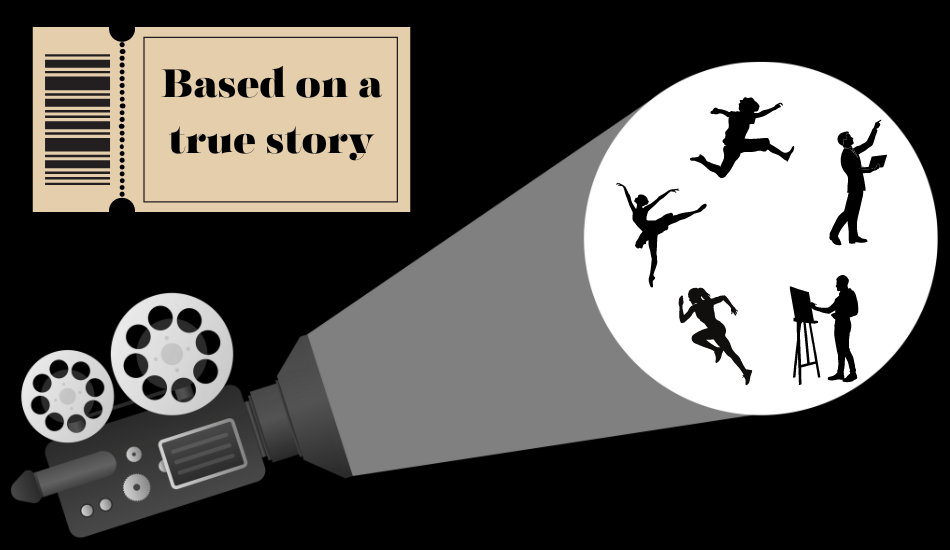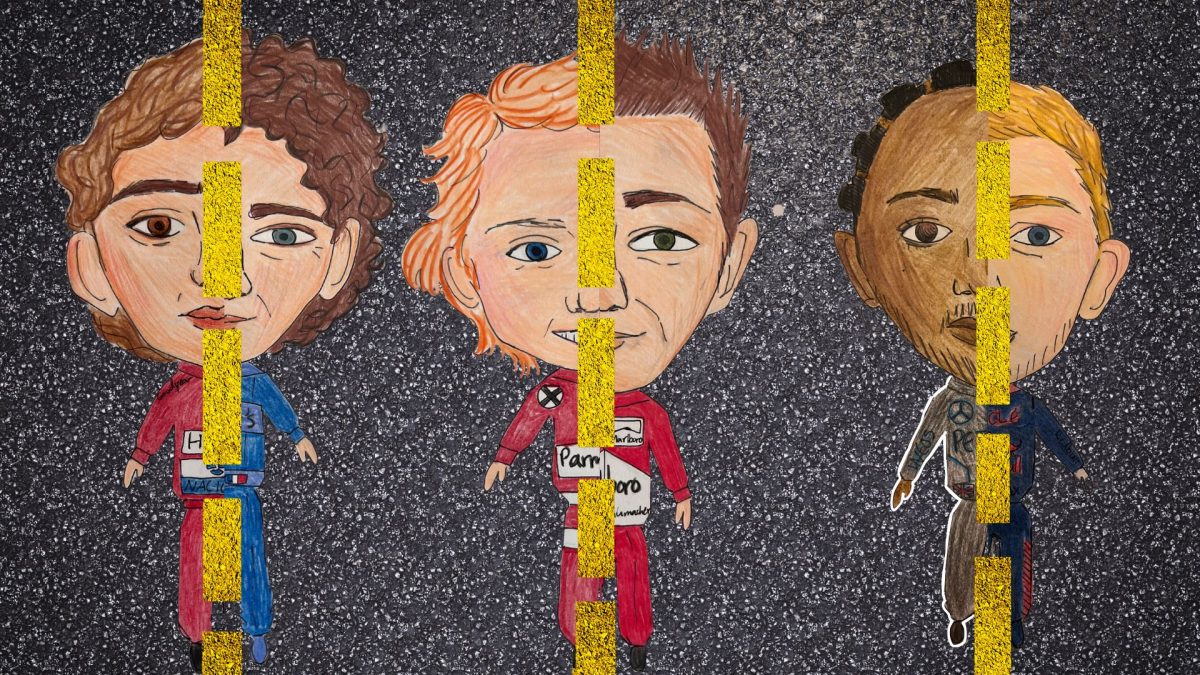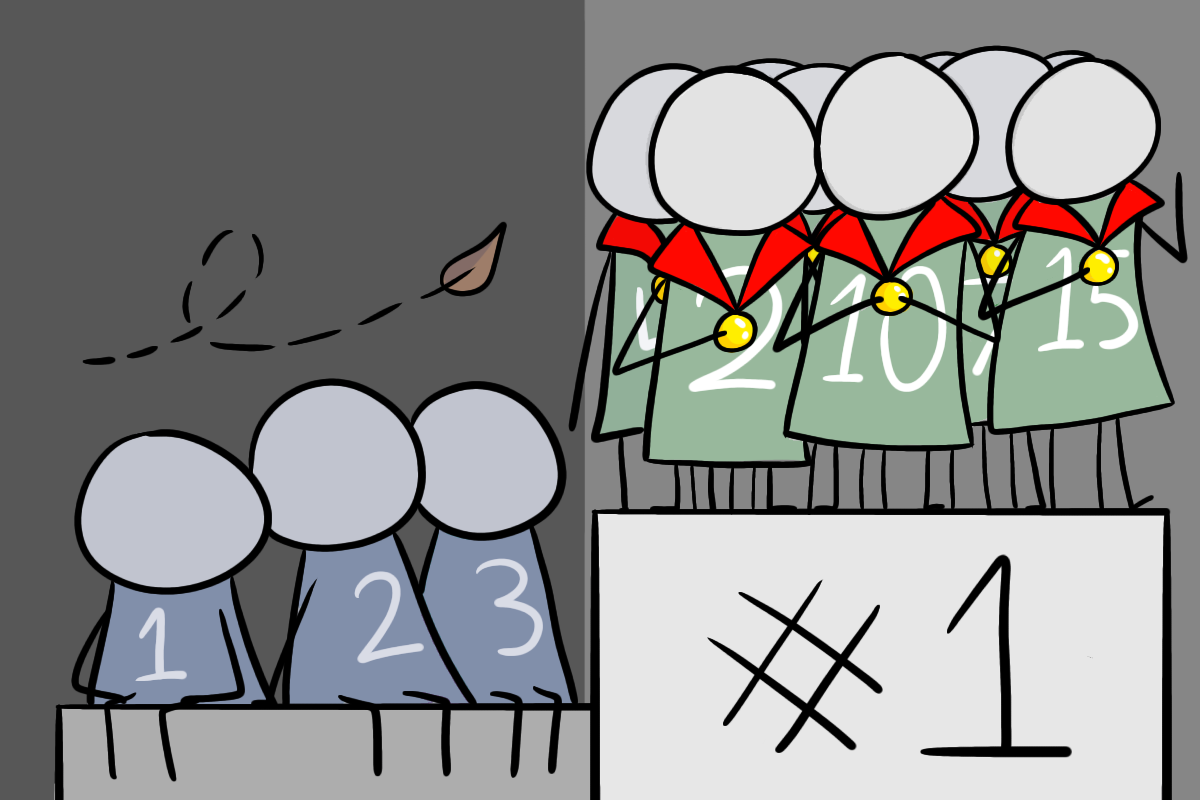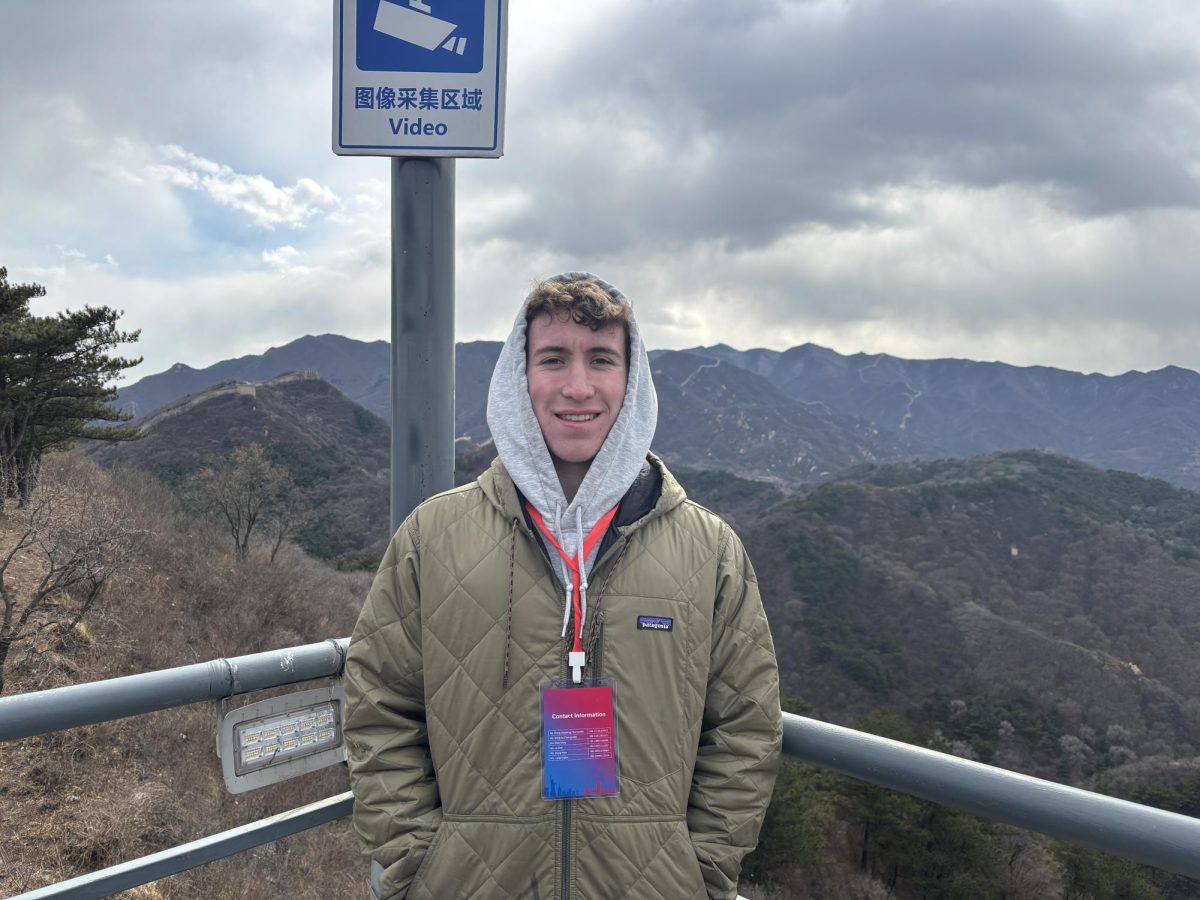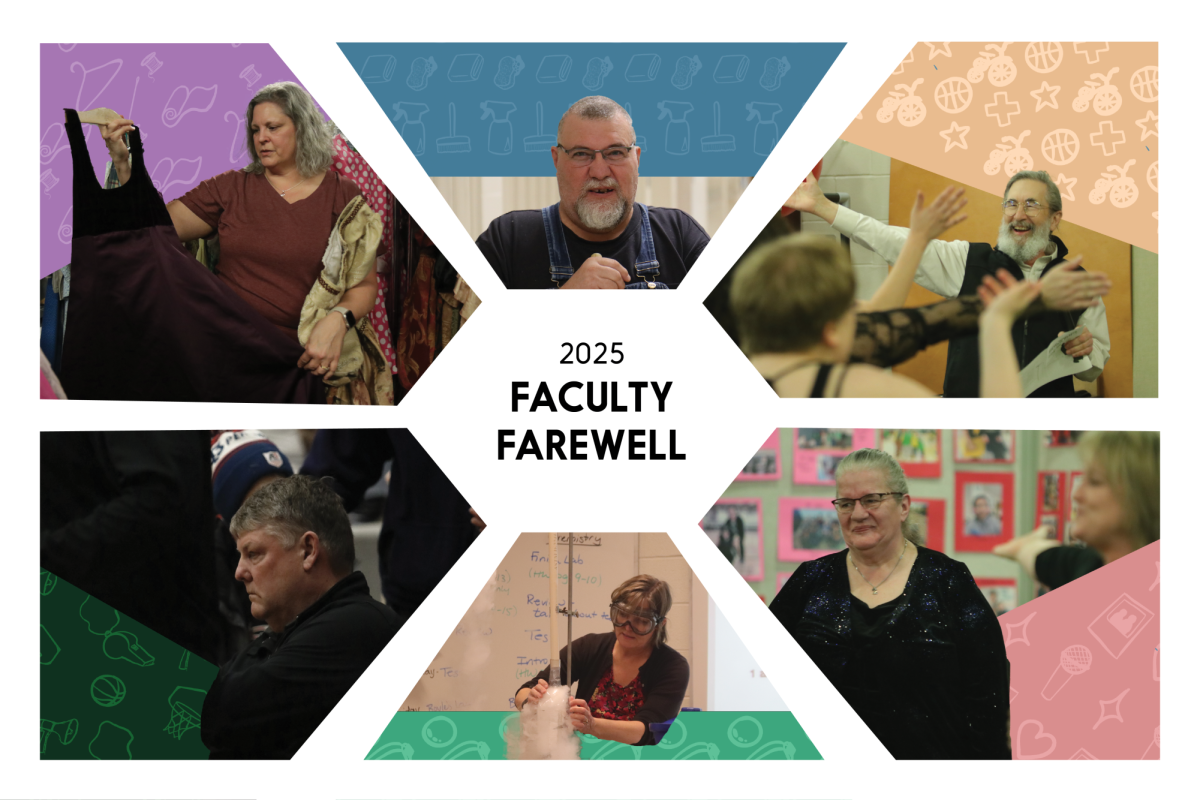As the early decision deadlines loom for colleges and universities, students across the country–including those at West–scramble to get their applications done. The higher chance of winning the coveted slots at Ivy Leagues lures students into the early decision portals, even with the price of admission unknown.
Early decision means that once accepted, the student must attend that school. This is different from early action, where one knows if they are accepted or not earlier than regular decision applicants.
According to Nick Vidal, a graduate of New York University on College Vine, an applicant is on average 60 percent more likely to get into a school using early decision. Crimson Education also agrees that applying early decision boosts a student’s chance of getting accepted.
Now you might be thinking, “Yeah, of course I’ll apply early decision if I have a better chance of getting in.” However, the early decision application deadline for most schools is before the Free Application for Federal Student Aid (FAFSA) opens. Students likely won’t know what aid they’ll get from the college they’ve been binded to or the money they’ll get from the government. This puts wealthier students at an advantage when it comes to applying for schools.
The U.S. and World Report notes that most early decision applicants come from the top 20% most affluent cities, once again highlighting the advantage the wealthy get when it comes to applying for college. Since colleges generally give out more scholarships to accepted early decision students, wealthier students have an even greater advantage.
Additionally many 17 and 18 year-olds have no idea what they want to do, much less the college they want to go to. Binding kids for the next four years of their life has lifelong consequences. That dream of becoming a leading professional in their field can quickly disappear when they realize the student loans they have to take out.
According to the Education Data Intiative that provides data for teachers and students, the average four-year students borrowers more than $30,000. Plus, 20 years after entering a four-year college, a person has on average $20,000 left to pay in student loans.
Colleges and universities should not be able to force students to go to their school under the premise of higher acceptance rates. Because students don’t know their financial situation until after accepted, students may fall into giant heaps of student debt all because of the promise of a greater chance of getting into their top school. Instead, colleges and universities should only offer early action (in addition to regular decision) because students get a decision quickly but without the pressure of a binding agreement.








